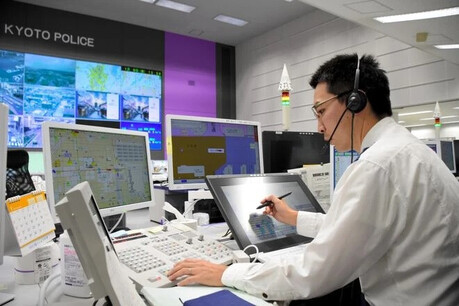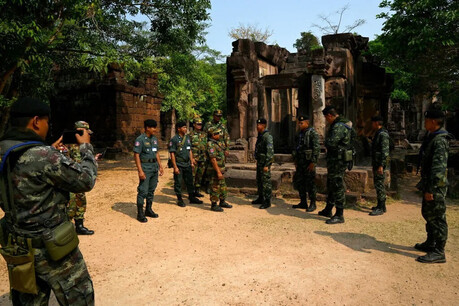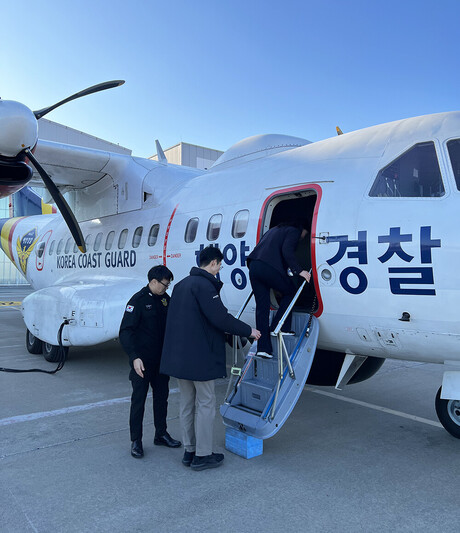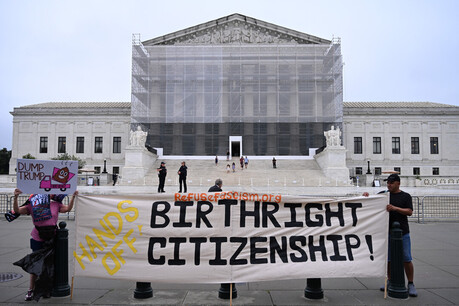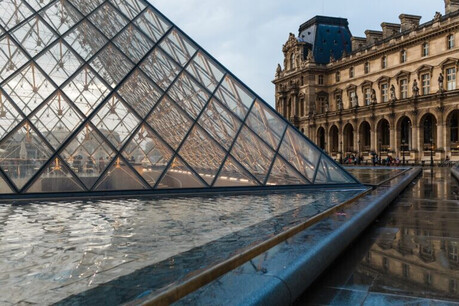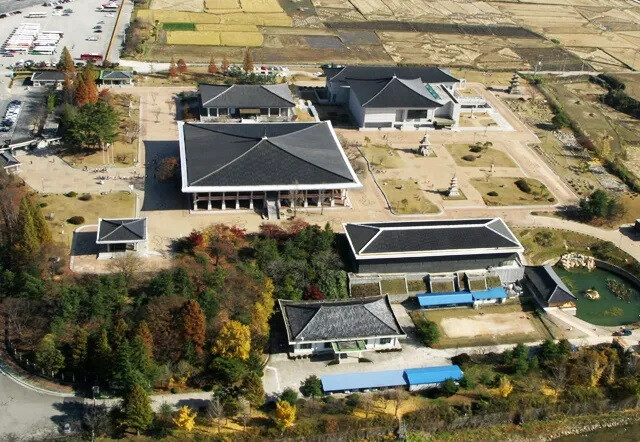
GYEONGJU — A thousand years of history. It's a formidable span of time, one that could easily overwhelm the modern visitor. Yet, at the heart of Gyeongju, a city often called "the museum without walls," the National Museum of Gyeongju has expertly condensed this monumental era into a coherent and deeply enriching experience. Serving as a historical primer for those venturing into the Silla capital, the museum is an indispensable starting point, providing the context necessary to fully appreciate the countless treasures scattered across the surrounding landscape.
The museum’s architecture, blending traditional Korean aesthetics with modern functionality, subtly prepares the visitor for the journey within. The main campus is logically structured around several key galleries, each dedicated to a different facet of the Silla kingdom. The Silla History Gallery stands as the central pillar, a chronological narrative that guides visitors from the nascent days of the kingdom through its ultimate decline. Divided into four distinct rooms, this gallery meticulously traces the political, social, and cultural evolution of Silla. It is here that one can grasp the kingdom’s transition from a small tribal state to a powerful, unified nation. Artifacts ranging from early ironwork and pottery to royal regalia and inscriptions provide tangible evidence of this remarkable ascent.

For those captivated by the spiritual and artistic achievements of Silla, the Silla Art Gallery offers a profound exploration. Silla’s embrace of Buddhism led to a golden age of artistic expression, and this gallery is a testament to that legacy. Masterful gilt-bronze statuettes, intricate stone carvings, and the serene beauty of Buddhist paintings are displayed with reverence, showcasing a level of craftsmanship that was both technically advanced and spiritually imbued. The gallery invites contemplation, allowing visitors to appreciate the deep devotion and aesthetic sophistication that characterized Silla’s Buddhist faith.
Perhaps one of the most compelling spaces is the Wolji Gallery, which focuses on the remarkable discoveries made at Donggung Palace and Wolji Pond. The excavation of this royal site provided an unprecedented window into the life of the Silla elite. The gallery presents a curated selection of artifacts, ranging from mundane daily objects to exquisite ceremonial items. A striking restoration model of the palace and pond gives visitors a tangible sense of the site's original grandeur, while treasures like a meticulously preserved wooden boat and the iconic gilt-bronze seated Buddha triad underscore the site's importance. This gallery effectively bridges the gap between historical fact and the lived experience of Silla’s royalty.
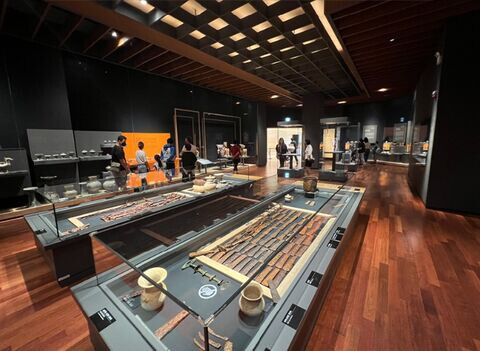
Beyond its permanent indoor collections, the museum extends its curatorial expertise to its grounds. The outdoor exhibition area is a collection of national treasures in their own right, where monumental stone relics stand in the open air as they were originally intended. The most famous of these is the Divine Bell of King Seongdeok, known for its resonant and hauntingly beautiful tone. Nearby, the Three-Story Stone Pagoda of Goseonsa Temple, a masterpiece of Silla stonework, silently commands attention. These outdoor exhibits offer a change of pace, allowing visitors to engage with these magnificent artifacts in a natural, unconfined setting.
A notable recent addition, opened in May 2019, is the Yeongnam Storage facility adjacent to the main museum building. This state-of-the-art facility was established to systematically preserve an astonishing collection of over 600,000 artifacts excavated from the Yeongnam region. More than just a repository, the storage includes an exhibition space that presents around 3,000 significant items, including Silla pottery and roof tiles. It also features a lobby exhibition that provides a behind-the-scenes look at the science and art of cultural heritage excavation, preservation, and restoration, offering a unique educational dimension to the museum experience.
The National Museum of Gyeongju is more than a repository of ancient objects; it is a meticulously crafted narrative of a thousand-year-old kingdom. It is a place where history comes alive, not as dry facts in a textbook, but as a rich tapestry woven from bronze, stone, and gold. For anyone seeking to understand the soul of Gyeongju, this museum is not merely a stop on a travel itinerary; it is the very first chapter of a much larger story.
There are 4 main exhibition halls:
1. Silla History Exhibition Hall - Silla Gold Crown (National Treasure No. 188)
2. Silla Art Exhibition Hall
3. Wolji Exhibition Hall - Artifacts excavated from Donggung Palace and Wolji Pond are exhibited here.
4.Outdoor Exhibition Area - Features a collection of stone pagodas, Buddhist sculptures and lanterns collected at ancient temple and palace sites across Gyeongju. Highlights include the Divine Bell of King Seongdeok (National Treasure No. 29) and the Three-story Stone Pagoda from the Goseonsa Temple site (National Treasure No. 38).
[Copyright (c) Global Economic Times. All Rights Reserved.]
















